Management Conference members have identified seven priority problems in the estuary that are contributing to land loss, habitat modification, the decline in certain animal populations, water quality issues related to fish, shellfish, and humans, and contamination of sediment in the marshes.
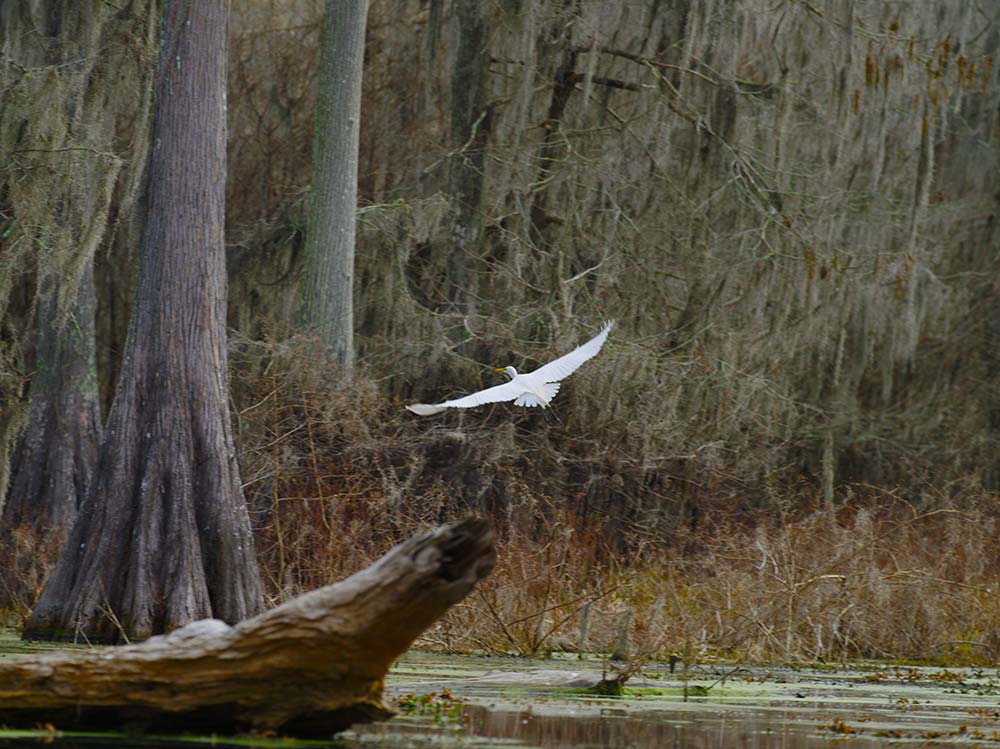
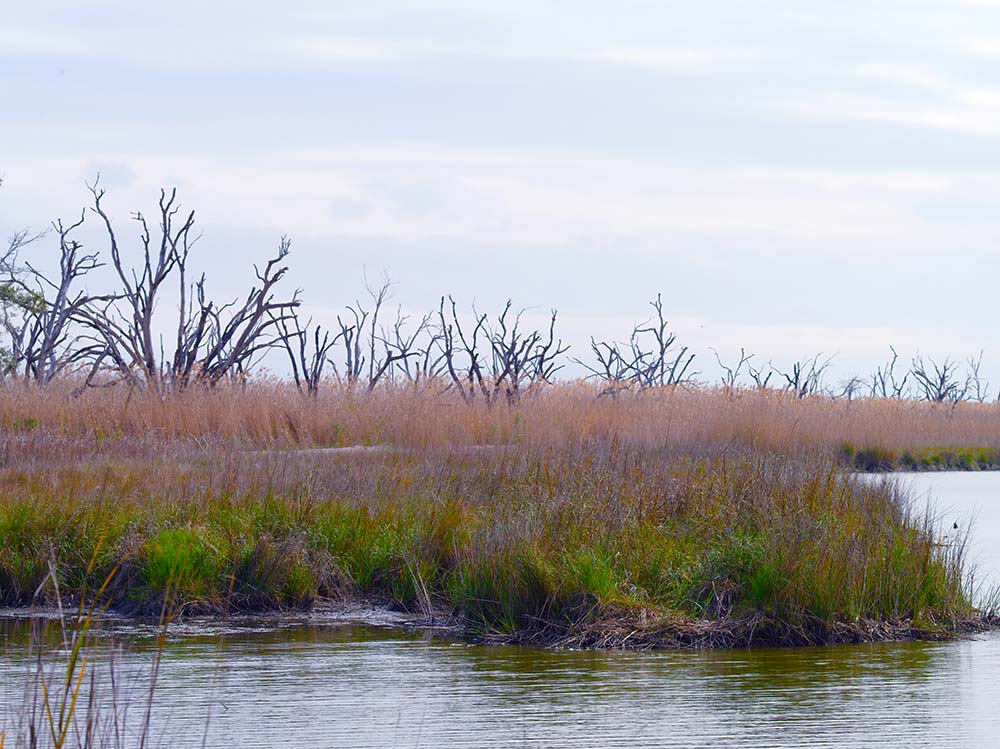
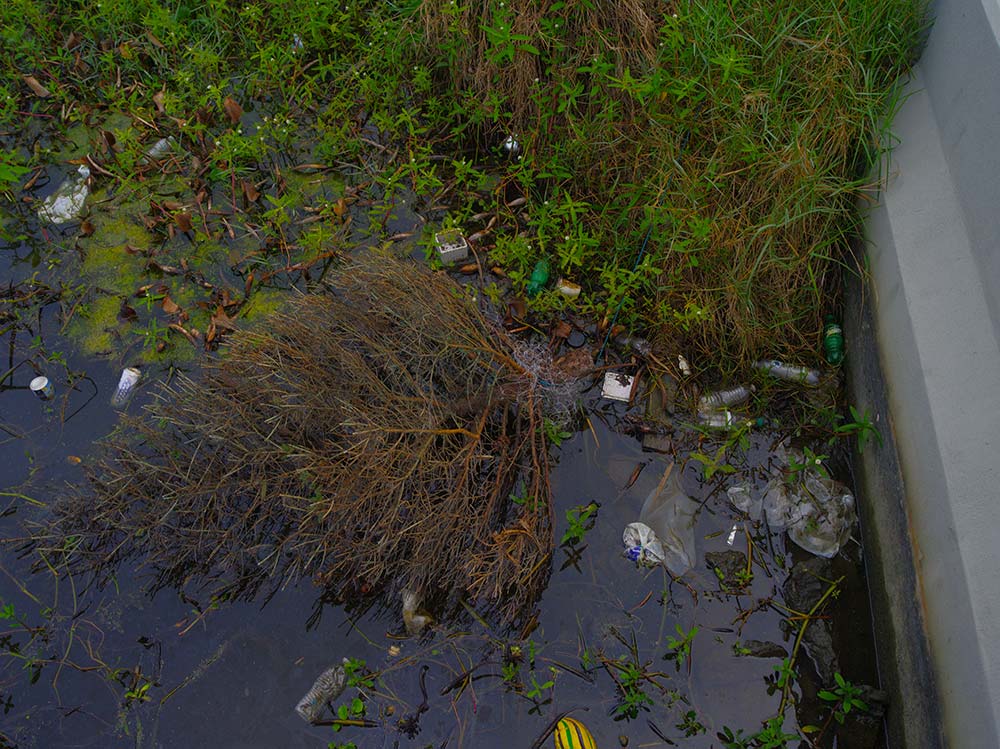
Each of the priority problems, in some way, affect the next, making the resolution of each of the problems that much more pressing and complex. The action plans that are located in the CCMP work to directly address these problems, as well as the numerous institutional and societal factors that contribute to them.
In general, the overall health of the Barataria and Terrebonne basins show signs of years of abuse and neglect. The following seven problems must be overcome to prevent further degradation of the habitats, ecosystems, and cultural heritage that are so unique to the system.
The 7 Priority Problems include:

Levee

Straight Oil Field Canals
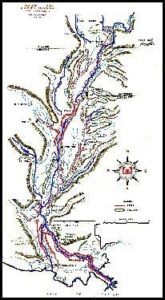
Mississippi River Tributaries (Source)
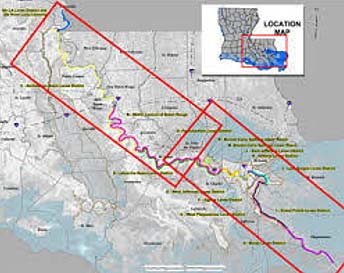
Mississippi River Tributaries

Coastal Louisiana Land Area
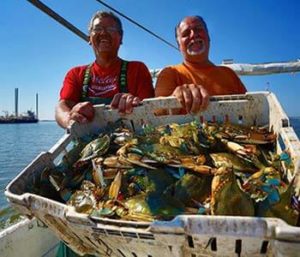
Blue Crabs
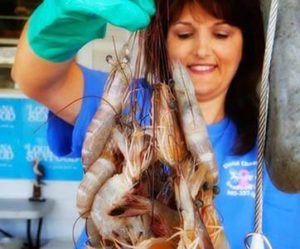
Gulf Shrimp

Eutrophication
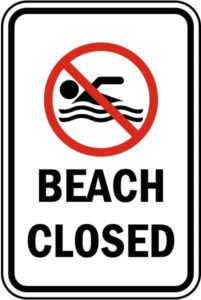
Louisiana Beach Monitoring Program
(More Info)

Louisiana Beach Monitoring Program (Source)
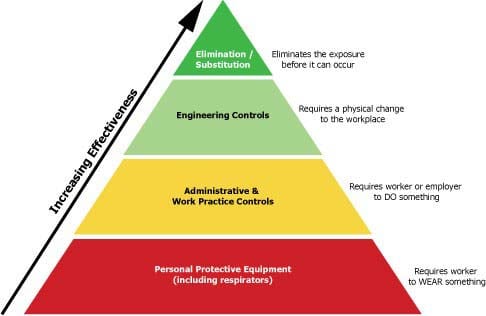
Toxic Substance Transition Pyramid
(Source)
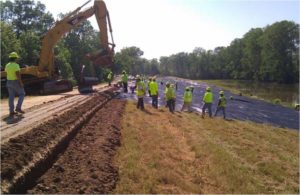
Levee
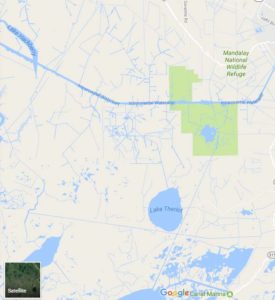
Straight Oil Field Canals
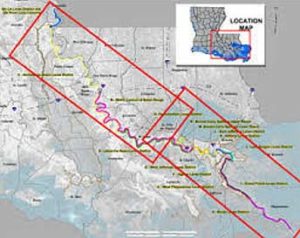
Mississippi River Tributaries

Mississippi River Tributaries
http://www.mvn.usace.army.mil/Missions/Mississippi-River-Flood-Control/Mississippi-River-Tributaries/
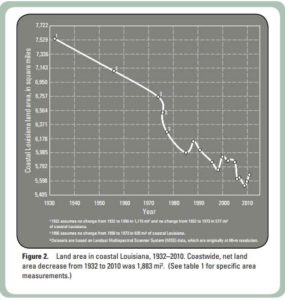
Coastal Louisiana Land Area

Blue Crabs

Gulf Shrimp
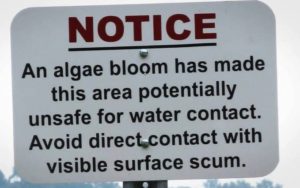
Eutrophication

Louisiana Beach Monitoring Program
(More Info)

Louisiana Beach Monitoring Program (Source)
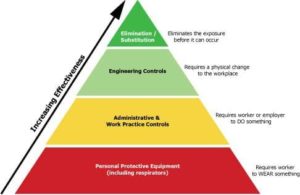
Toxic Substance Transition Pyramid
(Source)

